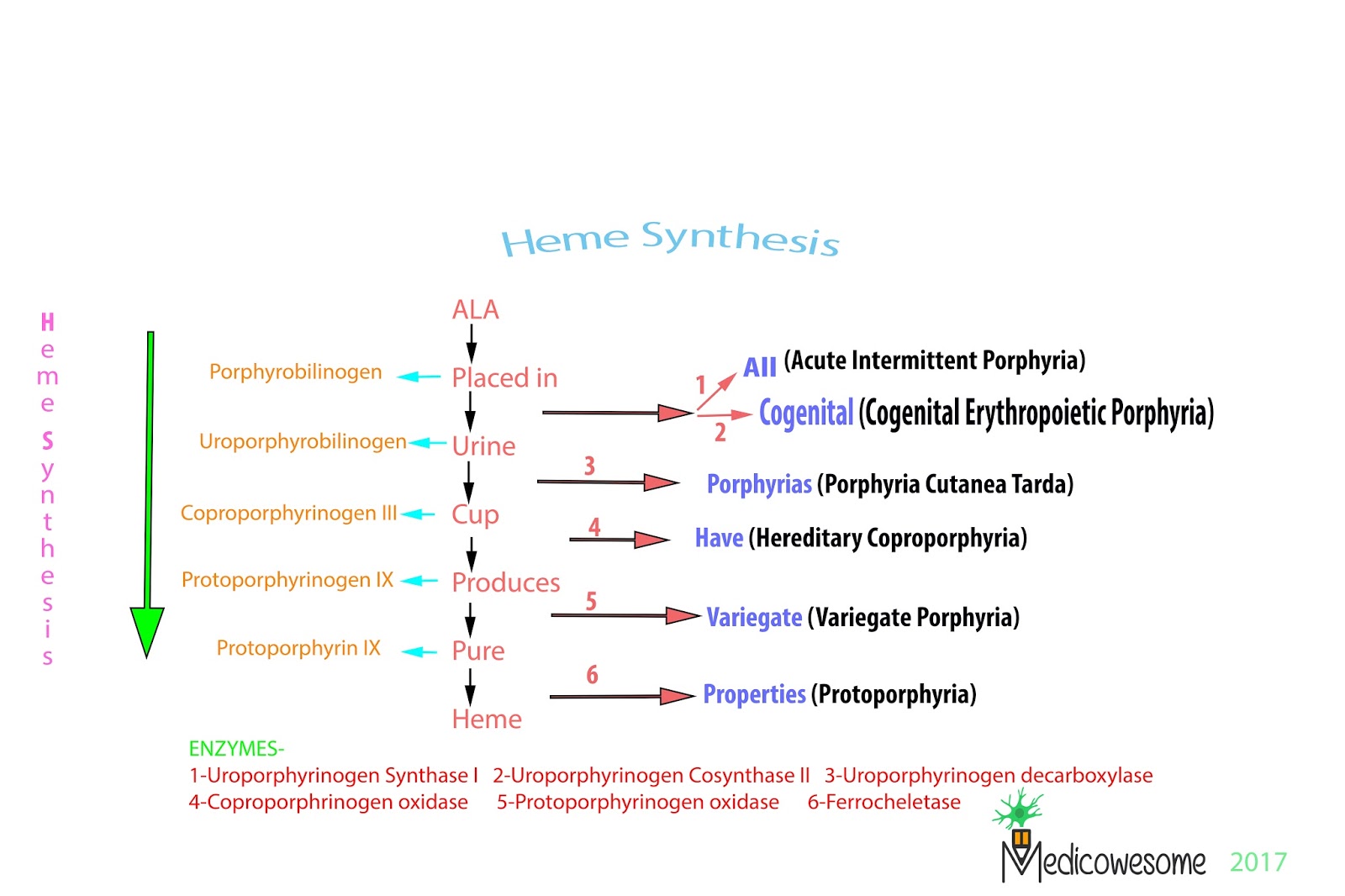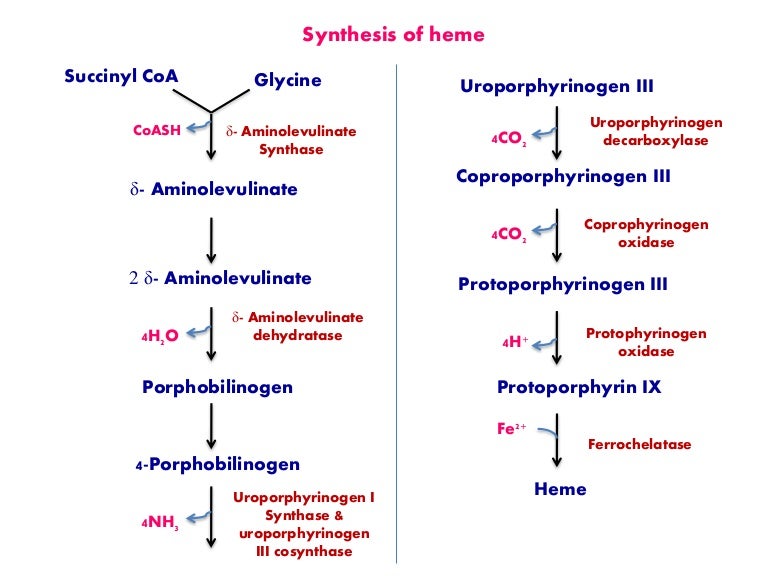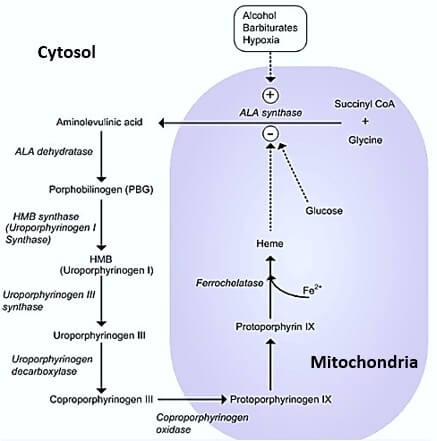Are you ready to find 'heme synthesis'? Here you can find your answers.
Table of contents
- Heme synthesis in 2021
- Where does heme synthesis occur
- Heme synthesis pdf
- Heme synthesis ppt
- Heme biosynthesis
- Heme synthesis disorders
- Heme synthesis diagram
- Heme synthesis usmle
Heme synthesis in 2021
 This image representes heme synthesis.
This image representes heme synthesis.
Where does heme synthesis occur
 This image representes Where does heme synthesis occur.
This image representes Where does heme synthesis occur.
Heme synthesis pdf
 This image shows Heme synthesis pdf.
This image shows Heme synthesis pdf.
Heme synthesis ppt
 This picture shows Heme synthesis ppt.
This picture shows Heme synthesis ppt.
Heme biosynthesis
 This picture demonstrates Heme biosynthesis.
This picture demonstrates Heme biosynthesis.
Heme synthesis disorders
 This image demonstrates Heme synthesis disorders.
This image demonstrates Heme synthesis disorders.
Heme synthesis diagram
 This picture shows Heme synthesis diagram.
This picture shows Heme synthesis diagram.
Heme synthesis usmle
 This image representes Heme synthesis usmle.
This image representes Heme synthesis usmle.
Why is heme production necessary in the liver?
Regulation of heme synthesis • Heme production in the liver is required for the formation of hemoproteins (e.g. Cytochrome P450 involved in detoxification) while in the erythroid cells, it is necessary for the synthesis of hemoglobin.
What happens to heme synthesis in the body?
Heme synthesis is a biochemical pathway which requires a number of steps, substrates, and enzymes. A deficiency in an enzyme or substrate leads to accumulation of intermediates of heme synthesis in blood, tissues, and urine leading to a clinically significant outcome of a group of disorders called porphyrias.
Which is an enzyme that uses heme as a prosthetic?
Other enzymes which use heme as a prosthetic group includes cytochromes of the electron transport chain, catalase, and nitric oxide synthase. The major tissues for heme synthesis are bone marrow by erythrocytes and the liver by hepatocytes. Heme is a porphyrin ring complexed with ferrous iron and protoporphyrin IX.
Which is the precursor molecule for heme synthesis?
The precursor molecule for the heme synthesis is simplest and non-essential and optically inactive amino acid Glycine and the TCA cycle intermediate Succinyl~coA enzyme. Glycine condenses with Succinyl~coA. It forms δ-amino Levulinic acid.
Last Update: Oct 2021